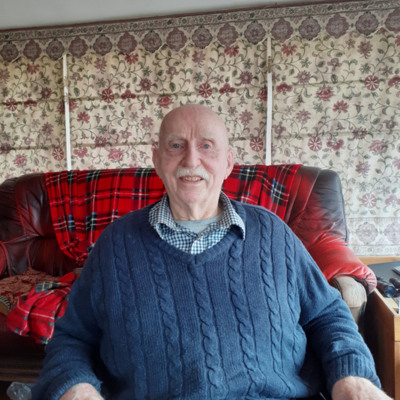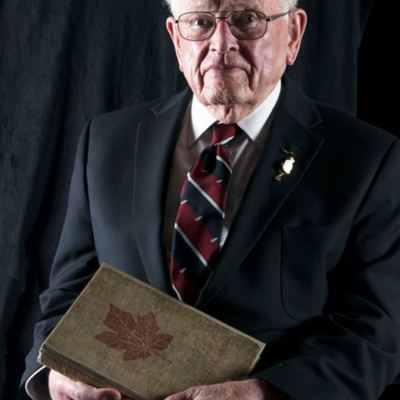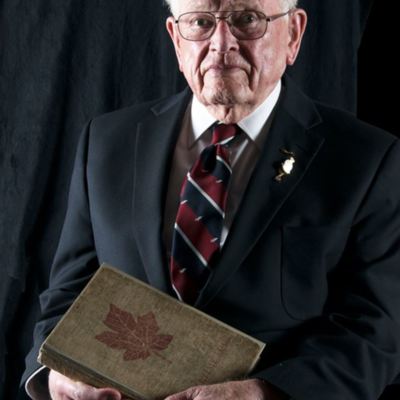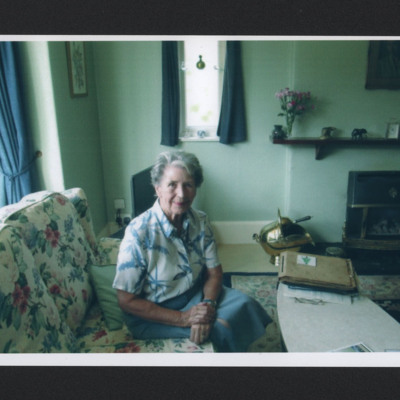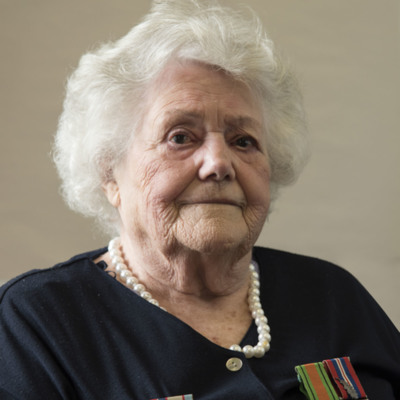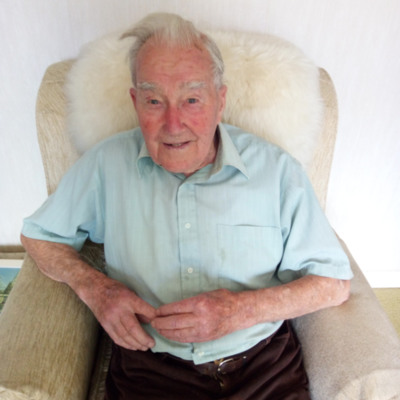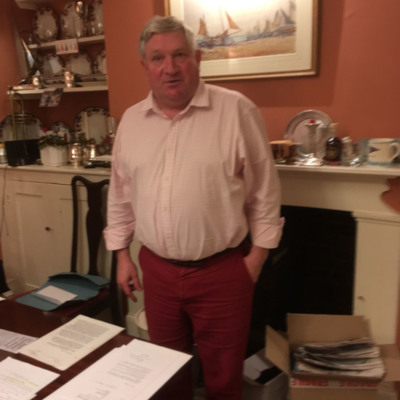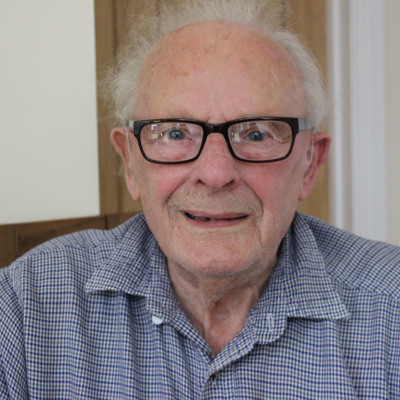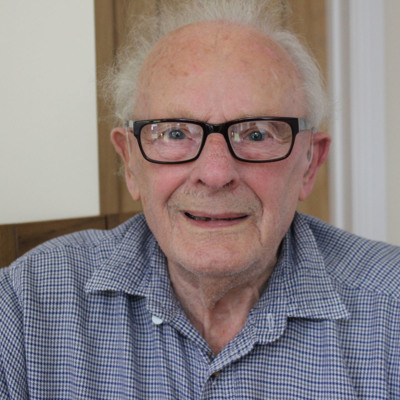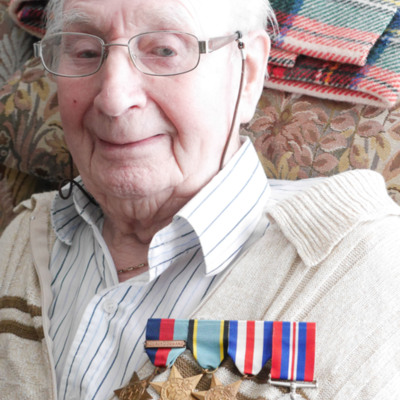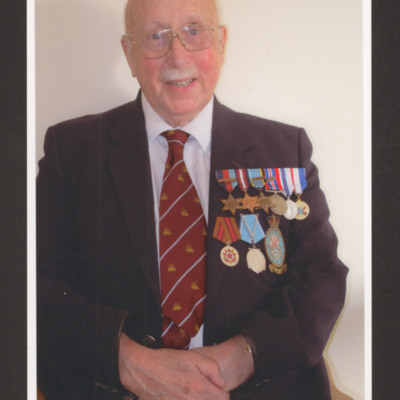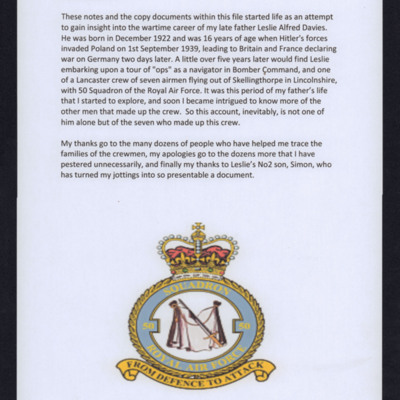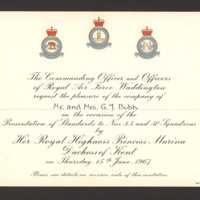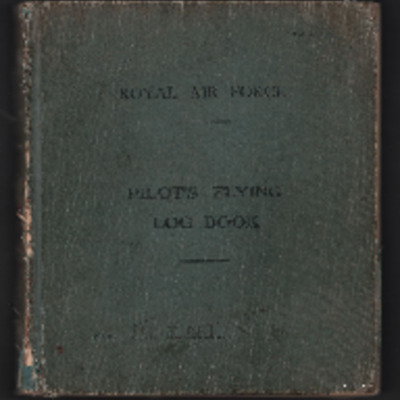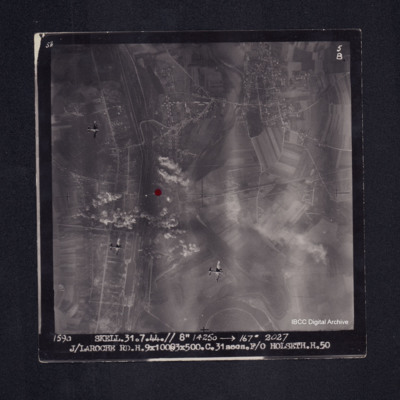Browse Items (333 total)
- Tags: 50 Squadron
Interview with John Firth
Tags: 50 Squadron; aircrew; bale out; fear; final resting place; flight engineer; Heavy Conversion Unit; Lancaster; Lancaster Finishing School; prisoner of war; RAF Skellingthorpe; RAF St Athan; RAF Syerston; RAF Wigsley; sanitation; shot down; Stalag 3A; Stalag Luft 7; Stirling; the long march; training
Interview with John Tait
Tags: 35 Squadron; 50 Squadron; aircrew; Anson; bombing; Churchill, Winston (1874-1965); entertainment; Goodwill tour of the United States (1946); Lancaster; military living conditions; Operational Training Unit; perception of bombing war; RAF Bruntingthorpe; RAF Market Harborough; RAF Padgate; RAF Scampton; RAF Skellingthorpe; RAF Stormy Down; searchlight; Stirling; training; Wellington; wireless operator / air gunner
Interview with John Taylor
Tags: 50 Squadron; aircrew; bombing; Bombing of Mailly-le-Camp (3/4 May 1944); C-47; crewing up; demobilisation; Distinguished Flying Cross; entertainment; incendiary device; Initial Training Wing; lack of moral fibre; Lancaster; navigator; Normandy campaign (6 June – 21 August 1944); Operational Training Unit; physical training; RAF Skellingthorpe; RAF Syerston; RAF Torquay; recruitment; rivalry; searchlight; Stirling; training; Wellington
Interview with Keith Toule
Interview with Les Rutherford
Interview with Les Rutherford. One
Interview with Les Rutherford. Three
Interview with Margaret Horry
Tags: 106 Squadron; 12 Squadron; 50 Squadron; 9 Squadron; aircrew; bomb aimer; bombing; bombing of Dresden (13 - 15 February 1945); Distinguished Flying Cross; Distinguished Flying Medal; grief; killed in action; memorial; perception of bombing war; RAF Bardney; RAF Metheringham; RAF Mildenhall; RAF Wickenby; Tirpitz; wireless operator
Interview with Margaret Hourigan
Tags: 44 Squadron; 463 Squadron; 50 Squadron; 61 Squadron; Churchill, Winston (1874-1965); control caravan; control tower; Cook’s tour; entertainment; faith; George VI, King of Great Britain (1895-1952); ground personnel; lack of moral fibre; memorial; military ethos; military living conditions; Normandy campaign (6 June – 21 August 1944); operations room; perimeter track; radar; RAF Bardney; RAF Bentley Priory; RAF Skellingthorpe; RAF Waddington; runway; service vehicle; Women’s Auxiliary Air Force
Interview with Neil Harris
Tags: 50 Squadron; 578 Squadron; aircrew; Anson; bombing; bombing of the Normandy coastal batteries (5/6 June 1944); crewing up; Distinguished Flying Cross; fitter airframe; Gee; ground crew; ground personnel; Halifax; Halifax Mk 3; Hudson; Lincoln; love and romance; Master Bomber; navigator; Normandy campaign (6 June – 21 August 1944); Operational Training Unit; pilot; promotion; RAF Burn; RAF Halton; RAF Kinloss; RAF Marston Moor; RAF Rufforth; RAF Waddington; RCAF Rivers; Tiger force; training
Interview with Norman Goodfellow
Interview with Philip Batty
Tags: 226 Squadron; 50 Squadron; aircrew; Anson; B-29; Battle; Blenheim; bombing; crash; Distinguished Flying Medal; Initial Training Wing; killed in action; Lancaster; Lincoln; military living conditions; military service conditions; Operation Dodge (1945); Operational Training Unit; RAF Bridlington; RAF Coningsby; RAF Madley; RAF Sturgate; RAF Wattisham; RAF Wyton; training; Wellington; wireless operator / air gunner
Interview with Reg Payne. One
Tags: 50 Squadron; aircrew; Anson; bale out; bomb struck; bombing; crewing up; demobilisation; Dominie; Lancaster; love and romance; memorial; Morse-keyed wireless telegraphy; physical training; Proctor; RAF North Coates; RAF Silverstone; RAF Skellingthorpe; RAF Yatesbury; training; Wellington; wireless operator / air gunner
Interview with Reg Payne. Two
Interview with Richard Hollis
Tags: 11 OTU; 1660 HCU; 29 OTU; 5 BFTS; 50 Squadron; anti-aircraft fire; bale out; bombing; British Flying Training School Program; civil defence; crewing up; Distinguished Flying Cross; Halifax; Heavy Conversion Unit; Home Guard; Lancaster; Manchester; mid-air collision; Operational Training Unit; RAF Little Rissington; RAF North Luffenham; RAF Skellingthorpe; RAF Swinderby; RAF Westcott; searchlight; training; Wellington
Interview with Robert Barnes. One
Tags: 50 Squadron; Air Raid Precautions; aircrew; bombing; civil defence; flight engineer; ground crew; ground personnel; Home Guard; Lancaster; memorial; navigator; Operation Dodge (1945); Operation Exodus (1945); RAF Skellingthorpe; RAF St Athan; RAF Swinderby; RAF Torquay; Stirling; training; V-1; V-weapon
Interview with Robert Barnes. Two
Interview with Ronald Marlow
Tags: 14 OTU; 466 Squadron; 50 Squadron; air gunner; aircrew; anti-aircraft fire; bombing; crash; crewing up; demobilisation; Halifax; Halifax Mk 3; Heavy Conversion Unit; Lancaster; memorial; military discipline; military ethos; military service conditions; Normandy campaign (6 June – 21 August 1944); Operational Training Unit; RAF Driffield; RAF Market Harborough; RAF Skellingthorpe; searchlight; superstition; training; Wellington
Interview with Stuart Michael Heaton
Interview with Syd Grimes
Tags: 106 Squadron; 50 Squadron; 617 Squadron; 9 Squadron; aircrew; bombing; Cheshire, Geoffrey Leonard (1917-1992); crewing up; Lancaster; Lancaster Finishing School; Manchester; Operation Catechism (12 November 1944); Operation Dodge (1945); Operation Exodus (1945); RAF Balderton; RAF Bardney; RAF Compton Bassett; RAF Cottesmore; RAF Scampton; RAF Sturgate; RAF Syerston; RAF Woodhall Spa; Tallboy; Tirpitz; training; wireless operator
Introduction
Tags: 50 Squadron; aircrew; Lancaster; navigator; RAF Skellingthorpe
Invitations for Mr and Mrs George Bubb
Tags: 44 Squadron; 50 Squadron
J Flint's RAF pilot’s flying log book. One
Detailing his flying training and operations flown as pilot. He was stationed at RAF Tollerton (27 E&RFTS), RAF Hanworth (5 EFTS), RAF Yatesbury (10 EFTS), RAF Brize…
Tags: 14 OTU; 29 OTU; 49 Squadron; 50 Squadron; aircrew; Anson; bombing; Flying Training School; Hampden; Magister; Operational Training Unit; Oxford; pilot; RAF Bitteswell; RAF Brize Norton; RAF Bruntingthorpe; RAF Cottesmore; RAF Finningley; RAF Saltby; RAF Scampton; RAF St Athan; RAF Yatesbury; Tiger Moth; training; Wellington


